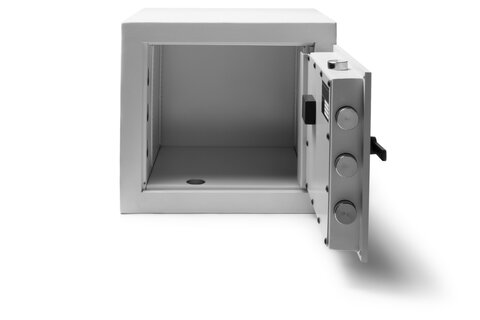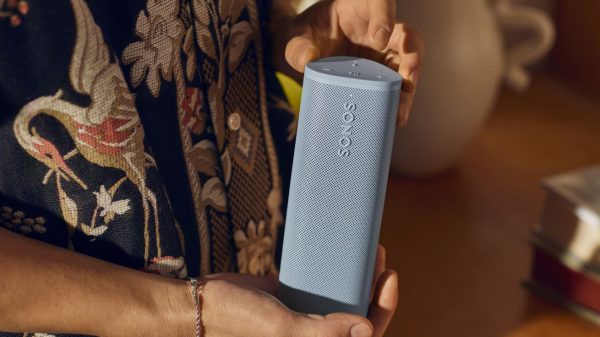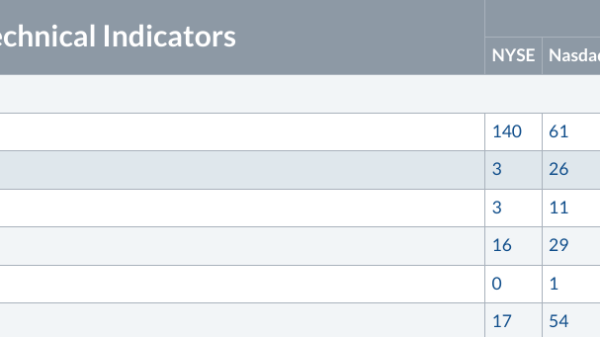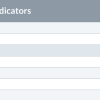One of the more intriguing results of a recent Cato Institute–commissioned poll about trade and globalization was the respondents’ views on manufacturing. When asked whether the country would be better off if more Americans worked in the sector, 80 percent responded in the affirmative. Given widespread perceptions of American industrial decline—very much at odds with available evidence—that’s not entirely surprising.
But here’s the interesting part: among those same respondents, just 25 percent stated that they would personally be better off in a factory instead of their current work. It’s a result that holds across class, education, and racial lines. The most enthusiastic group, those aged 18–29, still registered just 36 percent interest in manufacturing employment.
Americans love the idea of people working in manufacturing, but most don’t think they would benefit from such work themselves.
The poll result comports with manufacturing job data. As of May, there were over 600,000 open positions in manufacturing, and the number hasn’t dipped below 300,000 in roughly a decade. These openings are one reason why the National Association of Manufacturers has championed a plan to expand immigration. Similarly, the secretary of the navy has called for increased immigration and work visas to address a lack of workers at the country’s shipyards.
Such jobs can’t find enough interested Americans to fill them.
Given some of the realities of manufacturing work, that’s understandable. As a recent Financial Times column points out, average hourly pay in manufacturing has been on a long, steady decline and fell below the private-sector average in 2018. The column also points out that such work can be “noisy, repetitive and isolating” (having once worked a summer job placing empty cans on an assembly line to be filled with paint, I can confirm) and that a 2024 Gallup poll found below-average enthusiasm for their work among those employed in manufacturing.
So it’s not a shock that many Americans aren’t champing at the bit for such employment. Indeed, even countries long associated with manufacturing such as China and Vietnam are seeing a growing aversion to factory work.
But how to explain this seeming disconnect between what Americans believe is best for the country and their self-interest?
One possible factor is that Americans are regularly told about the alleged depleted state of American manufacturing—particularly during presidential elections. Four years ago, President Biden campaigned on adding five million manufacturing jobs as part of an economic rebuilding effort, and four years before that, Donald Trump and Hillary Clinton each pledged to shore up manufacturing as part of their respective efforts to win the presidency. Unsurprisingly, the Democratic and Republican platforms for this year’s presidential race both feature language about revitalizing manufacturing.
This is hardly a recent phenomenon, with such talk by presidential hopefuls dating at least back to Walter Mondale’s 1984 claim that the industrial Midwest was being turned into a “rust bowl” due to a decline in manufacturing.
After being exposed to 40 years of rhetoric about manufacturing’s alleged downfall, Americans may have internalized the message. Add in a dash of nostalgia for yesteryear—two of the groups most supportive of more Americans working in manufacturing were those aged 65 and older (86 percent) and the retired (90 percent)—when manufacturing employment was more common, and the results are understandable.
Perhaps the better question, however, is not why Americans believe the country needs more manufacturing employment but why politicians regularly emphasize the importance of jobs in which Americans—both in word and deed—continue to show little interest.






















